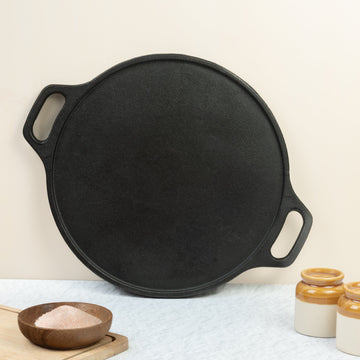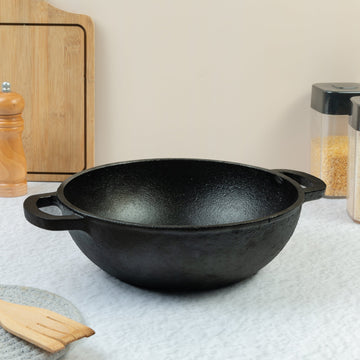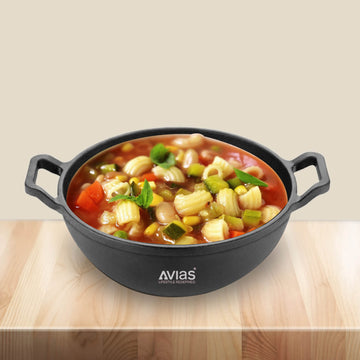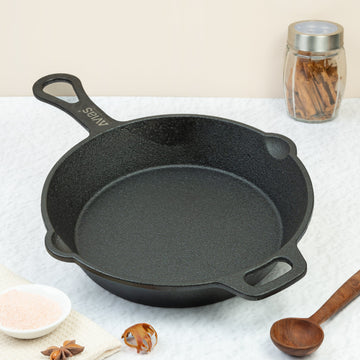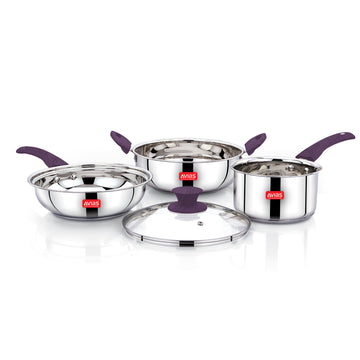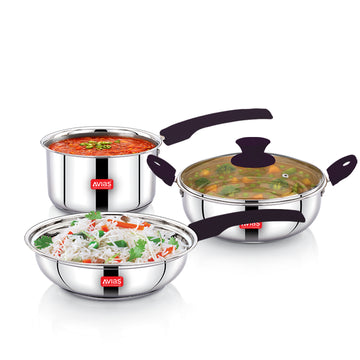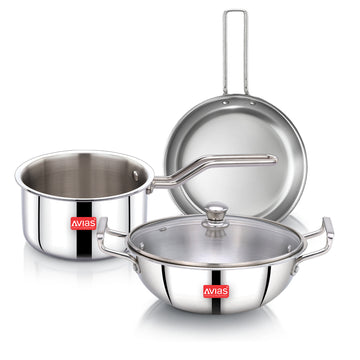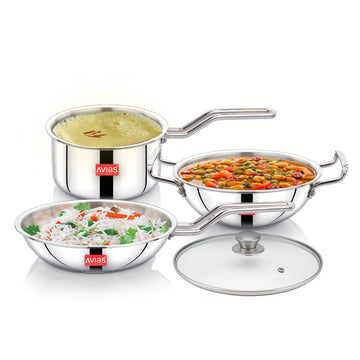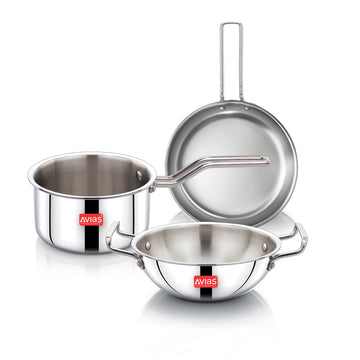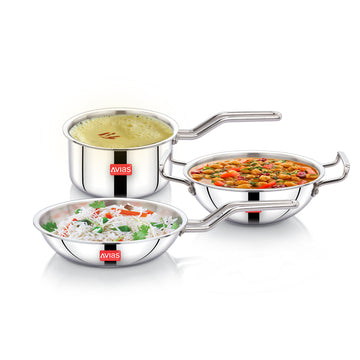The Art of Seasoning: How to Properly Season Your Stainless Steel Cookware in Indian Households

In Indian households, cooking is not just a necessity, but a cherished tradition passed down through generations. Stainless steel cookware is a popular choice due to its durability, ease of maintenance, and ability to retain heat. However, to enhance its performance and longevity, seasoning your stainless steel cookware is essential. In this blog, we will delve into the art of seasoning and guide you on how to properly season your best stainless steel kitchenware to unlock its full potential in the Indian kitchen.
1. Why Seasoning Matters:
Seasoning is the process of treating stainless steel cookware to create a protective layer that prevents food from sticking and imparts a natural non-stick property. This is particularly important in Indian cooking, where spices, oils, and flavors are abundantly used. Seasoning also helps develop a beautiful patina on the cookware, enhancing its visual appeal and making it a focal point in your kitchen.
2. Preparing the Cookware:
Before seasoning, it is crucial to ensure that your stainless steel cookware is clean and free from any residues. Start by thoroughly washing it with warm water and mild dish soap. Rinse it well and dry it completely. Make sure there are no water spots or moisture left on the surface, as this can lead to rusting.
3. Choosing the Right Oil:
For seasoning, it is essential to use oil with a high smoking point, such as vegetable oil, canola oil, or sunflower oil. These oils can withstand high temperatures without breaking down and help create a durable seasoning layer. Ghee or clarified butter, a staple in Indian cooking, can also be used for seasoning, adding a touch of traditional flavor to your cookware sets.
4. Applying the Seasoning:
a. Stovetop Method:
- Start by heating your stainless steel cookware on medium heat.
- Once heated, add a thin layer of oil or ghee to the entire surface of the cookware, including the sides.
- Using a clean cloth or paper towel, spread the oil evenly, ensuring complete coverage.
- Continue heating the cookware for about 10-15 minutes or until you notice a slight change in the color of the surface.
- Turn off the heat and let the cookware cool down completely.
- Wipe off any excess oil or ghee with a paper towel.
b. Oven Method:
- Preheat your oven to around 400°F (200°C).
- Apply a thin layer of oil or ghee to the cookware, just like in the stovetop method.
- Place the cookware upside down on the oven rack or a baking sheet to catch any drips.
- Bake the cookware for about an hour, allowing the oil to penetrate and form a protective layer.
- Once the time is up, turn off the oven and let the cookware cool down in the oven.
- Remove the cookware and wipe off any excess oil.
5. Maintaining Seasoned Cookware:
It is important to maintain the seasoning on your stainless steel cookware, so follow a few simple practices:
- After each use, wash the cookware sets with warm water and a soft sponge. Avoid using abrasive cleaners or scrubbers that may damage the seasoning.
- Dry the cookware thoroughly to prevent any moisture from causing rust.
- If food particles are stuck, soak the cookware in warm, soapy water before cleaning.
- Avoid using high heat unnecessarily, as excessive heat can damage the seasoning.
- If you notice any signs of the seasoning wearing off, repeat the seasoning process to restore the protective layer.
Here's a simple method to prepare your new stainless steel cookware:
1. Wash thoroughly: Clean your stainless steel cookware with warm, soapy water to remove any residue.
2. Dry completely: Wipe the excess water with a cloth or paper towel. Ensure the cookware is completely dry to prevent water spots.
3. Apply a thin layer of oil: Use a high-smoke-point oil like canola or vegetable oil. Apply a thin, even coat to the entire inner cooking surface.
4. Heat gently: Place the cookware on a medium-low heat setting and let the oil heat up for a few minutes.
5. Wipe off excess oil: Use a paper towel to remove any excess oil.
This process will create a very light seasoning layer. Proper heat management and enough oil are the keys to successful cooking with stainless steel.
Remember: Stainless steel cookware is designed for durability and even heat distribution. With proper care, it will develop a natural patina over time, enhancing its non-stick properties.
Seasoning your stainless steel cookware is an art that elevates your cooking experience in Indian households. By following the proper steps and using the right techniques, you can unlock the full potential of your best quality stainless steel cookware sets, making it a versatile and reliable companion in your kitchen. So, embrace the tradition of seasoning and savor the flavors of Indian cuisine like never before!
